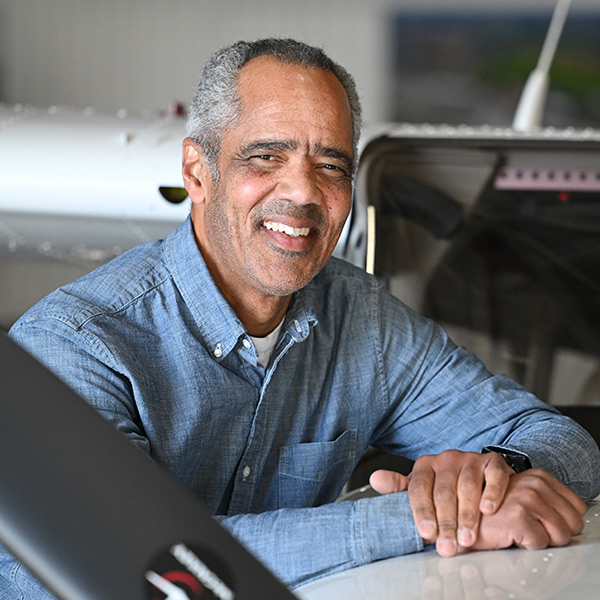Joby touts quiet flight as eVTOL advantage
When looking a few years ahead to a potential era of electric vertical takeoff and landing aircraft operating in the mainstream, people tend to imagine taking a ride in one of the aircraft. Will they fly regular routes between urban points of interest or serve mostly as shuttles between airports and city centers?
Manufacturers have other considerations in mind. For Joby, the focus is noise, or the lack of noise emanating from its tiltrotor eVTOL aircraft. The Santa Cruz, California, company said a recent acoustic study indicates that city dwellers in Los Angeles might barely notice its aircraft as they fly overhead, thanks in part to the design of its multiple propellers.
While skeptics have long asked how eVTOL companies will differentiate their aircraft from helicopters, which routinely generate noise complaints, the study’s results appear to offer an answer.
“To put our aircraft to the test, we went beyond the lab and into the soundscape of a real city,” Austin Thai, acoustics senior engineer at Joby Aviation, wrote in a blog post. “Partnering with researchers from Blue Ridge Research and Consulting, Joby engineers modeled how our eVTOL (electric vertical take off and landing) aircraft would sound against the everyday backdrop of Los Angeles, sirens, traffic, construction, and all.”
The study compared eVTOL and helicopter flights between a vertiport near the Los Angeles Convention Center downtown and another at John Wayne/Orange County Airport. According to the study, Joby said, the sound of its aircraft was louder than the ambient noise in an area of 0.17 square miles. When the aircraft is cruising, its sound is louder than ambient sound in an area of 0.004 square miles, compared with 45 square miles for a traditional helicopter flying the same route, Joby said.
“We used acoustic data from our NASA cruise tests and high-fidelity simulations for takeoff and landing to predict how the aircraft sounds from all directions. This data was then used to predict noise across the metro area,” Thai wrote, describing the test’s methods.
Looking ahead, Joby said it is continuing its studies with particular attention to noise-sensitive locations including schools, hospitals, and parks. The company encourages people to download its new Joby Sounds app (for iOS and macOS devices) to keep up with its latest tests and hear sound samples comparing Joby’s aircraft with helicopters.





